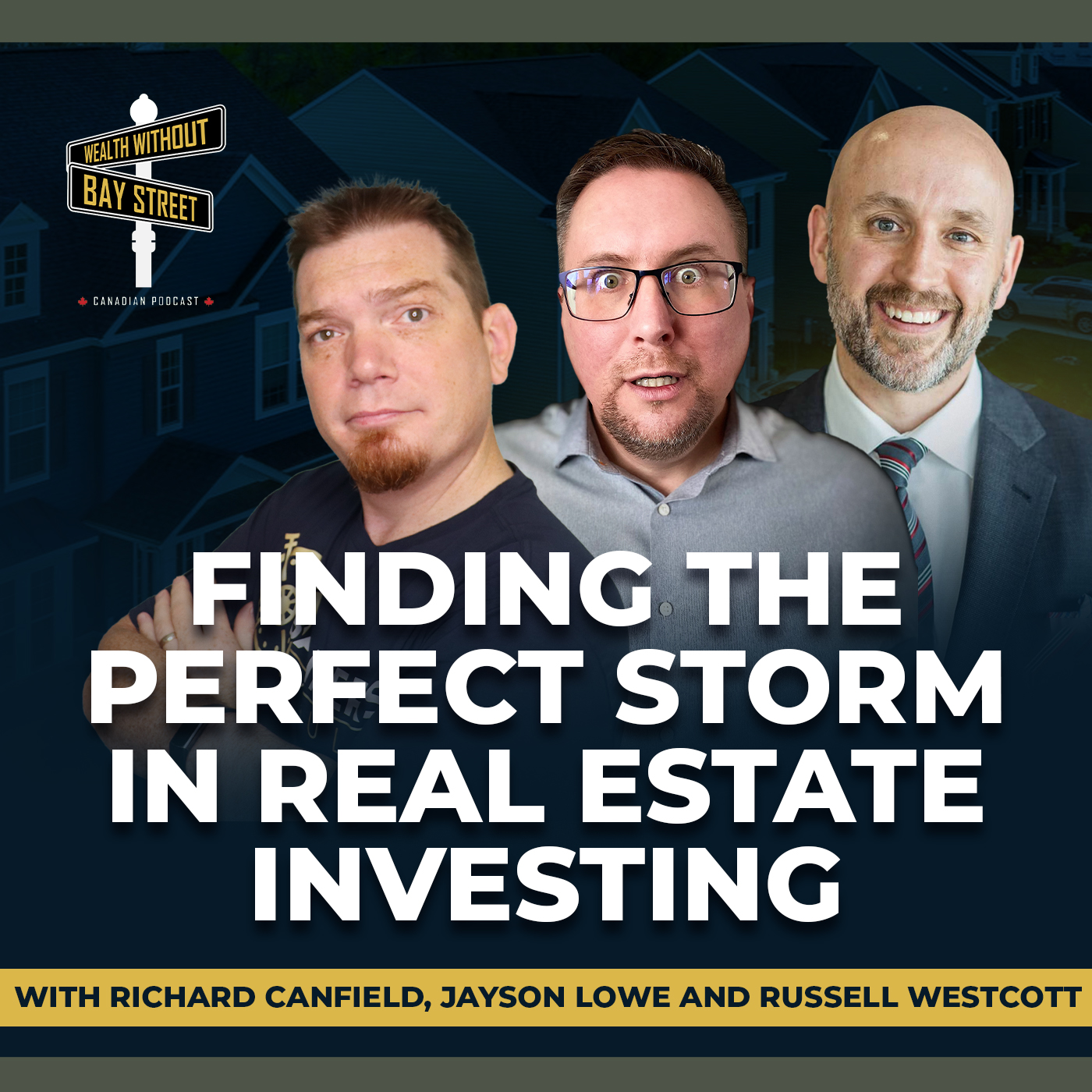Did you know that you can directly impact the dividends you receive each year by a life insurance company when you own Par Whole life? The policy owner has the largest impact on the dividend they are able to receive in a given year and the ripple effect of every future dividend is directly impacted by the premiums the policy owner puts in.
Dividends are one of the most misunderstood areas of a Participating Whole Life Insurance contract. Jayson and Richard breakdown how these unilateral binding contracts produce dividends. How the dividend impact is just like the growing rings of a tree, it adds another layer each year. Each year you can celebrate a “dividend party” on the anniversary date of each policy you own. There is a great deal of misinformation and focus on rates when discussing policy contracts. Specifically, dividend-scale interest rates. These are, simply put, one of the most misunderstood and misleading areas of a whole life product.
Both the insurance companies themselves and often advisors are their own worst enemy by trying to indicate the dividend scale correlates to the growth or earnings of an individual contract. This simply isn't so. Jayson discusses the annual testing requirements for capital adequacy (LICAT) that has to be done each year for each life company in Canada to meet their obligation and how their accumulated profits are spread out over a number of years to create a “smoothing effect”. This smoothing is what creates stable long term dividend payouts to par owners.
Have you ever seen a tree contract in nature? Never, just like a par policy it grows every year advancing forward. The only thing that can end the growth is the natural death of the life insured in which case you have a tax free payout much greater than what you have contributed into the system or the policy owner choosing to cut the tree down (closing the policy).
Did you know that the biggest tax year you will have is most likely in the year you die? Richard walks you through the impact of your hard earned money at death…who gets the money and who loses? By creating long term cash control, accumulating dividends that keep buying whole life paid up additions, you are ensuring the money is there to pay the final tax bill, providing the time needed to grieve properly. Even more importantly is the remaining assets such as the house and cottage at the lake or rental properties are not forced into a “firesale” position where a lifetime of effort you took to build everything up is torn down to raise the money required to pay the tax man. In order to solve this you need life insurance…but if you plan to live a long time then the insurance has to be in force… the only way to make that happen is to have permanent coverage such a Par whole life that increases your tax free payout every year you own it as long as it's setup correctly.

Success or regret often comes down to one thing: guidance. In this episode, Richard Canfield and Jayson Lowe reveal how to combine crypto and...

What are the myths of insurance lending in Canada? Jayson Lowe and Richard Canfield discuss an article from a Bank that tries to dispel...

Wealth Without Bay Street 206: Finding the Perfect Storm in Real Estate Investing If you have ever tried to start, grow, and expand a...